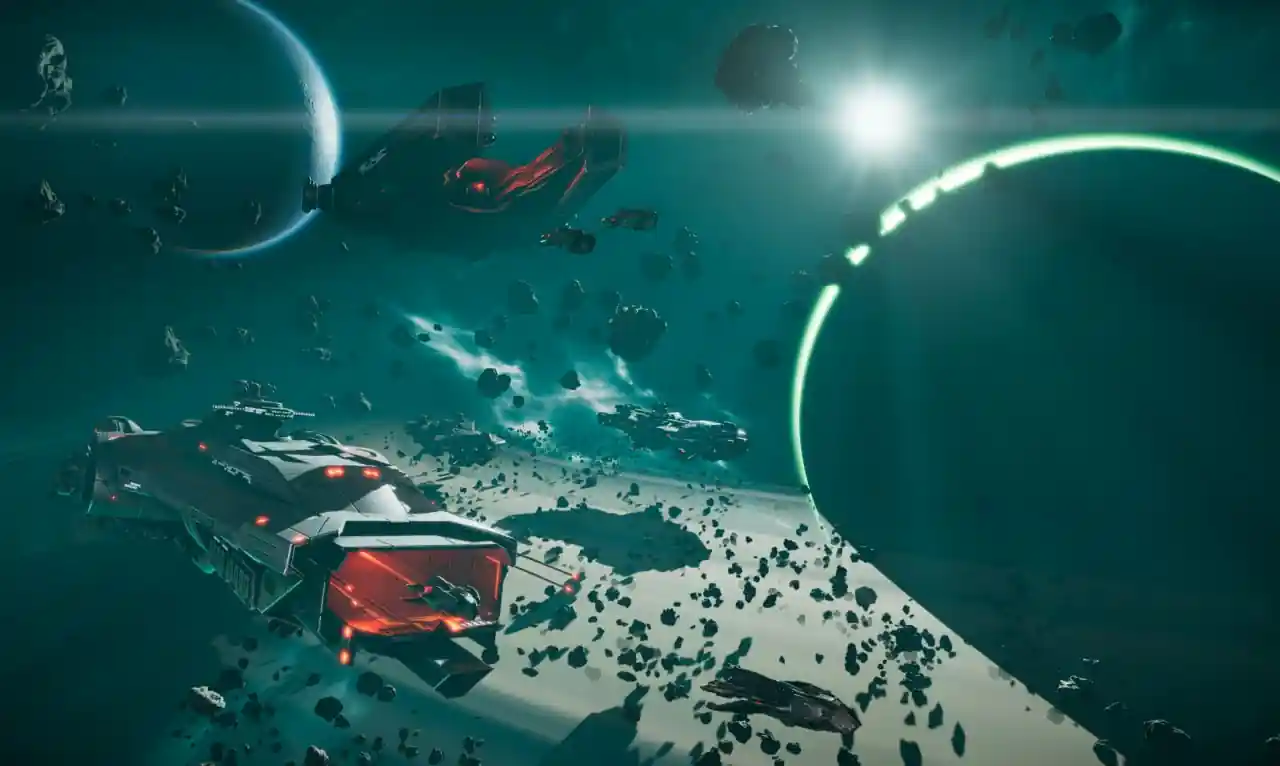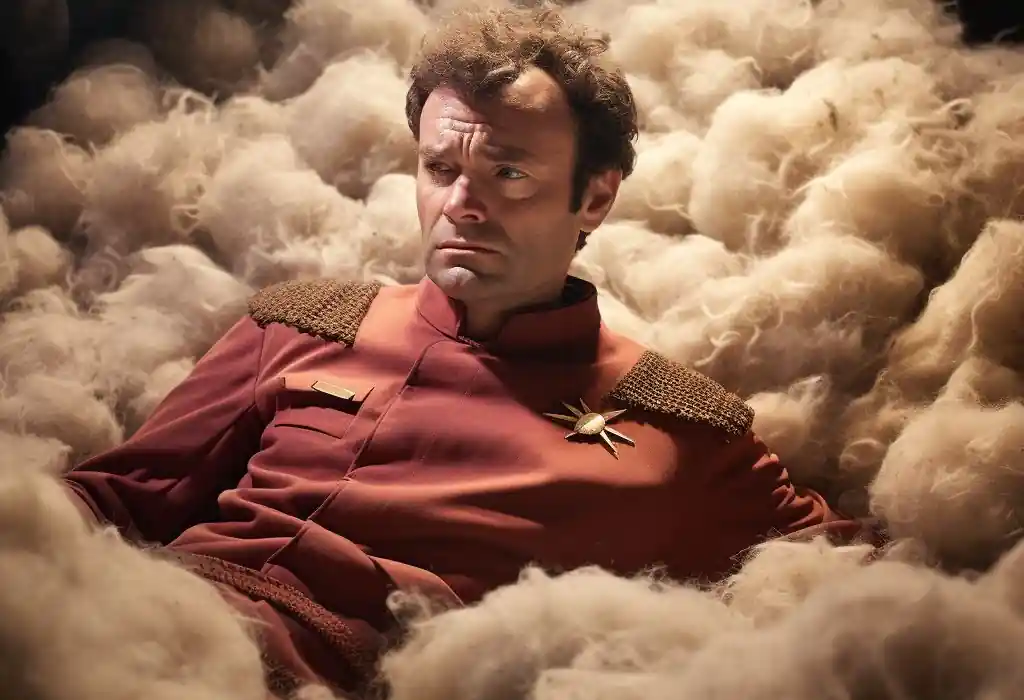The Trouble with Art: Part 1
One can get so focused on art that we loose sight of the bigger picture.

Sweeping statement of the day: Art is a beautiful thing.
It inspires us to do more, be more.
It can add flavor to the blandest story, add perspective to the second dimension. But it's also woolly, subjective and can be a massive distraction.
Speaking from experience here, one can get so focused on art that we loose sight of the bigger picture. When it comes to game development, it's a veritable trap.
Back in 2013 work began on a game called Shallow Space - we marketed it early and it gained a fair amount of publicity.
I began like everyone else, by downloading some assets for Unity3D from the Asset Store and playing around with them; little did I know, I had doomed the project before I'd even started.
You see there-in lies the problem with Unity 3D, it's just too easy to import these assets and make them move and dance and call that a game, but it's just not so.
This is what our prototype's look like these days:

Can you tell what that is going to be?
Nope, us neither.
We originally fancied it as a multiplayer space shooter, our testers tell us that the physics make it feel like a racing game, just recently we had this idea that Zombies might be the theme.
It doesn't really matter because here's the secret: If people are having fun pushing cubes around a screen then the game design works, then you get to play with the toys.
But playing with the assets and trying to work backwards is a fools errand.
Game design aside, when Shallow Space was at it's peak during Steam Early Access we raked in around $5,000 takings per month during a heavily discounted Steam sale.
We had a number of very talented artists working on the title, all producing top-notch CGI (very bloody slowly), each of them commanding salaries of between $1,000 and $4,000.

So as you can imagine, that money didn't go very far.
The end result? A whole lot of pixels, highly detailed ships costing between $1,000 and $2,000 a piece, completely and utterly overspecced.
Ships that will never be used by us in a game so have at them.
How did that happen? I hear you ask, ha.
Have you ever tried to sprint plan with artists? As in, sit them down and make them do what you want? It takes colossal amounts of time. They'll argue, tell you no.
They'll get bored and want to do something else ...
All of that is a distraction and trust me that's time better spent designing what's important: A fun game.
This was the hardest lesson to learn for me.
I just wanted to play with the shiny things - 'it's just a alpha' I would blurt out at the critics. It just didn't fly two years later when we were railroaded onto Steam.
So I guess what I'm trying to say is: Don't buy our stuff.
Jeez. I'm a lousy salesman.
Pssst. Part 2 is here.

